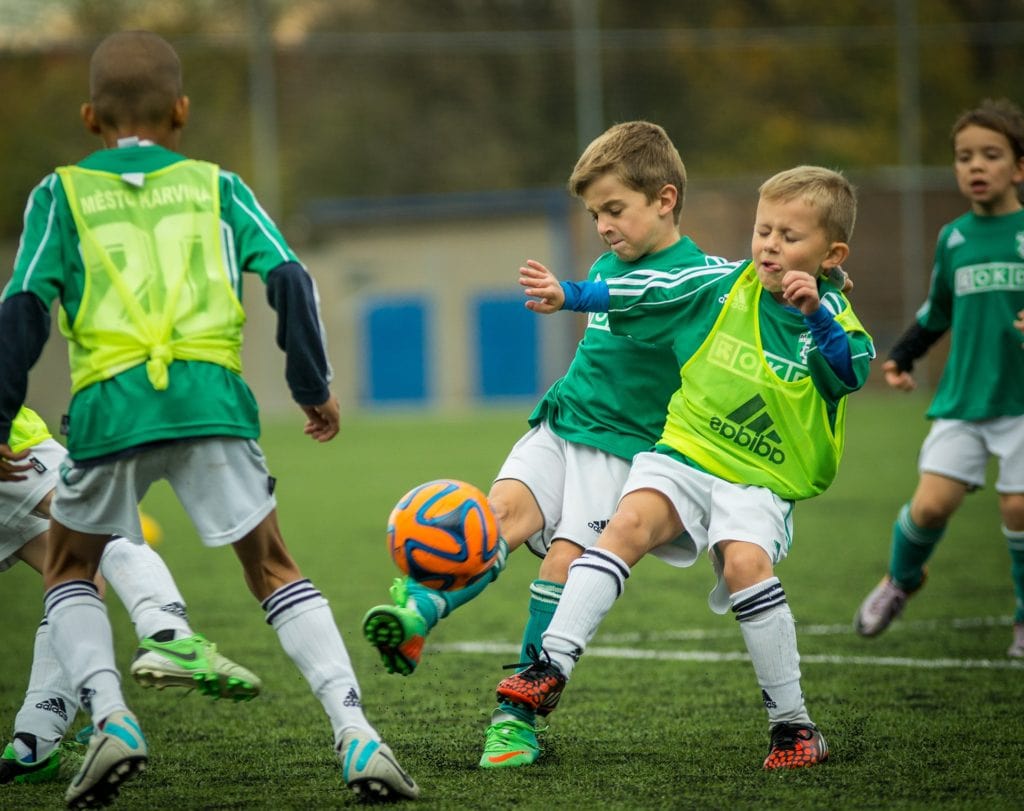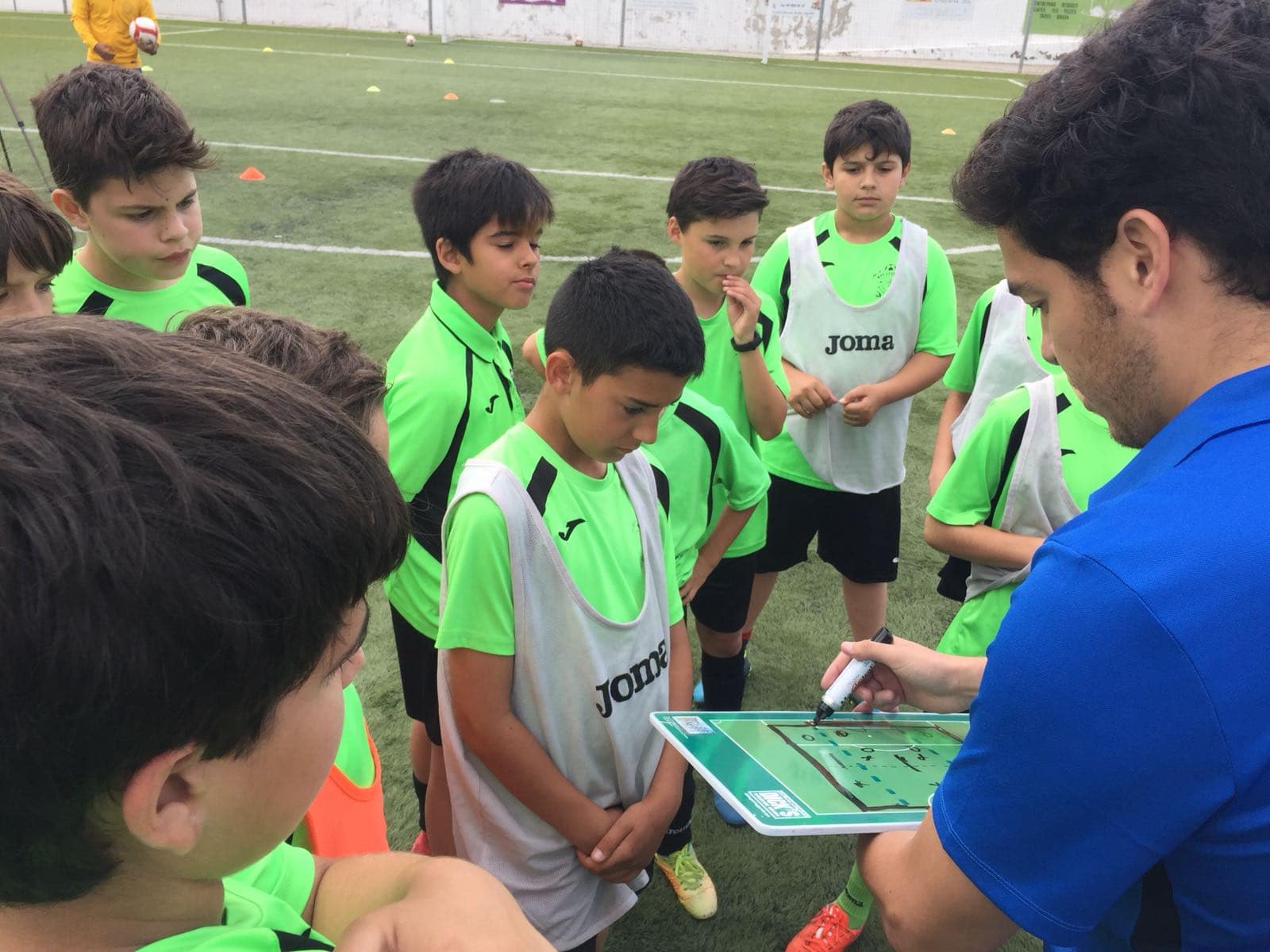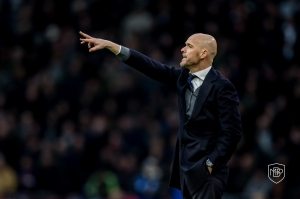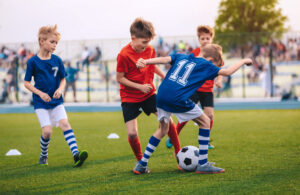A few weeks ago we were talking about the pre-match routine in high performance, giving different clues and advice on how to guide it according to the goals of it. This time, we will talk about the preparation of the pre-match routine in youth football, which as we will see, it will have many connections with the previous one, but obviously there will be different aspects due to the objectives of the routine and the conditions and characteristics of the protagonists, that is, the players who are about to play the game.
In the same way as in high performance, in grassroots football we will have 2 different objectives to manage:
- Prepare the mind of the players to help them focus on what is really important (content trained during the week, ahead of the result).
- Prepare the body with a correct activation that allows players to develop and then express themselves in the field.
Knowing these objectives, also aiming in the same way as we did, that based on our experiences and study, to prepare the mind has equal or greater importance than to prepare the body, since the latter in young players is very easy to reach a heating and muscle activation in a few minutes.
On the other hand, it is much more laborious and important to focus players on the really important aspects of the game, and more in a context where they receive so many distractions or false objectives (external comments, competitive parents, excessively relaxed atmosphere or focused on external aspects). soccer, etc.)

We will then see and detail the steps that we believe are important in formative stages so as not to fall into the serious mistake of imitate with our little ones what the professional players do in the stadium or we see in the television reports.
Mental activation
- Take the opportunity to review the contents worked during the week.
- Involve the players in the explanation of those contents and slogans to their peers, with the aim of making them participants and that they are focused on that, because if we only speak and they listen, they end up disconnecting and the message does not arrive.
- Organize the team system, without giving direct orders of what each player should do. They are not robots that we control, and we can not ask them to do something that we have not trained.
- Put in common the objectives of the game in relation to how the team should use these lessons in the game that is about to start. Avoid objectives related with the final score that can put these previous ones in a second place.
Physical activation
- Perform chase games or similar to activate with a fun component (avoid the boring returns to the field). Maximum of 2-3 minutes to avoid fatigue.
- Make passes with the ball without opposition (to experience sensations).
- Perform a small ball possession with opposition and wild card to have superiority and the ball to flow. (Not too long to avoid fatigue).
- Shots on goal in situations similar to reality.
- Small outputs (coordination + sprints). Short, intense and with breaks between repetitions to avoid fatigue.
Examples of Physical Activation exercises in youth football
STEP 1: Chase game
STEP 2: Passes wheel
STEP 3: Reduced ownership
STEP 4: Finishes on goal
STEP 5: Coordination ladder + exit
(First 2 minutes)






